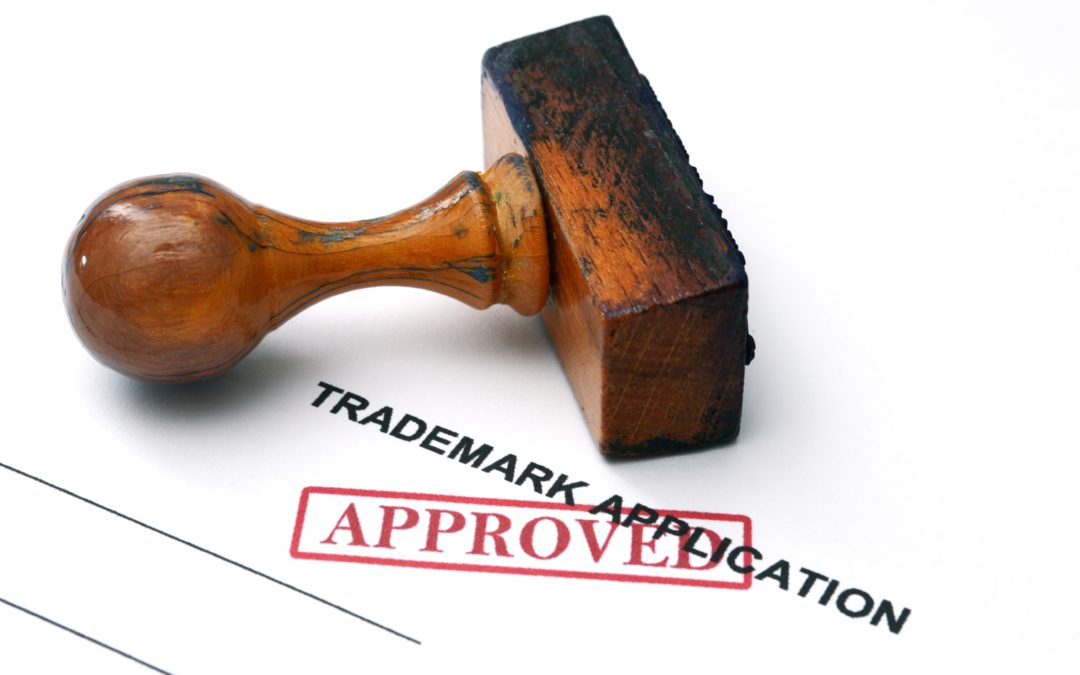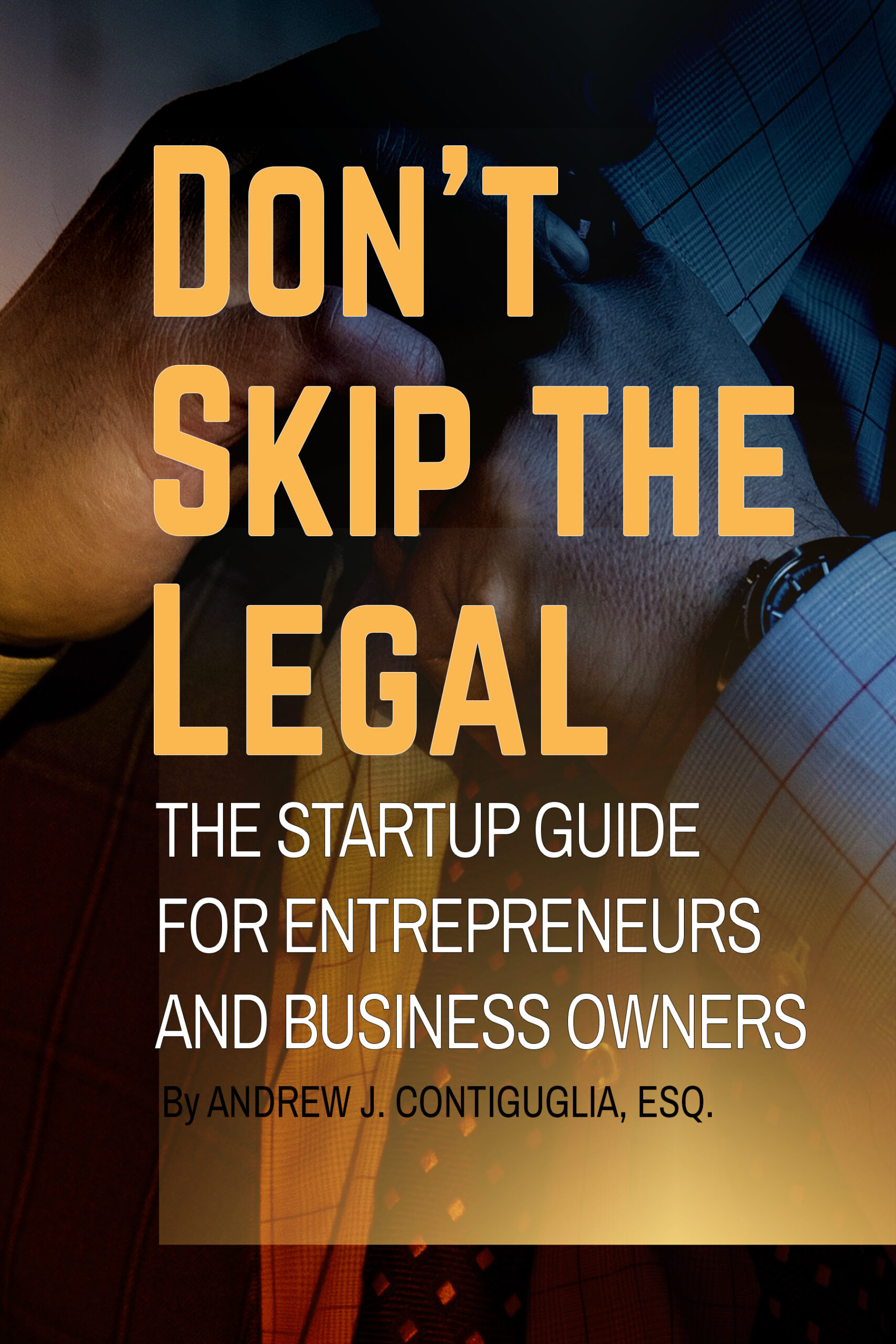
Ok! So you want to gain an advantage in your business against your competitors? Great! I am a firm believer that learning about business trademark law is a must for every business owner and entrepreneur. Recently, Cardi B made headlines with a trademark-related issue. It’s a great example to get ahead with an understanding of the basics of trademark law.
Cardi B has made the word “okurr” part of her brand, which she had hoped to use on various merchandise. However, the trademark was refused by the United States Patent and Trademark Office (“USPTO”). The reason? Because it was widely used as a “commonplace term, message, or expression widely used […] in the drag community and by celebrities as an alternate way of saying ‘OK’.”
In a generation of social media, a random phrase can go viral in minutes. Trademarking a word, phrase or slogan does not prevent anyone from uttering those phrases. But it does limit their commercial use.
What is a Trademark?
A trademark is a word, phrase, symbol or design, or a combination of those which identify and distinguish the source of goods from one party to another.
There are two key elements in that definition: 1) Trademarks protect commercial products and services. Trademarking a common phrase like “okurr” won’t stop others from using it in everyday conversation. 2) Trademarks identify the source of goods and services. Therefore, either your trademark must be inherently distinctive, identifying you as the source of a product. Or, your trademark must have acquired distinctiveness. You must prove that the public identifies your trademark with your particular good or service. And, that you are the source of that good or service.
The strongest trademarks are “inherently distinctive,” which makes them easiest to register with the USPTO and to defend in case of infringement.
The basics of trademark law
A trademark does not mean, however, that no one else can use your word, phrase, or symbol in connection with any and all goods and services. It means only that somebody else can’t use a similar trademark with similar goods or services. The key criterion: trademark infringement occurs when someone else’s use of a trademark would likely cause confusion about the source of goods or services.
The Facebook Example
Facebook, for example, has trademarked “face” for a “[t]elecommunication services, namely, providing online chat rooms and electronic bulletin boards for transmission of messages among computer users in the field of general interest and concerning social and entertainment subject matter, none primarily featuring or relating to motoring or to cars”. But that doesn’t interfere with a company like North Face using for use of the word with their clothing and outdoor gear, because consumers are unlikely to get confused and believe that North Face is pitching telecommunication services, or that Facebook is outdoor clothing.
How do I trademark a Generic, Common Word or Phrase?
The strongest trademarks are “inherently distinctive.” This makes them easiest to register with the USPTO and to defend in case of infringement. Common words and phrases can be trademarked. This happens when the person or company seeking the trademark can demonstrate that the phrase has acquired a distinctive secondary meaning apart from its original meaning. That secondary meaning must be one that identifies the phrase with a particular good or service. Cardi B’s application did not show a secondary meaning of the word.
Trying to register a trademark using generic words will often result in a denial from the USPTO. Hotels.com could not register its name as a trademark because “hotels” was ruled to be too generic. Even with dot com added. Another “generic” concern is that some trademarks end up being so popular that they become “generalized” and lose protection when the trademark becomes synonymous with the general type of goods. Famous examples of these include aspirin, escalator, rollerblade, and thermos.
Can you Register your Name?
Just because it’s your name doesn’t mean you automatically own it under trademark law. Kylie Jenner’s trademark battle illustrates how difficult it can be to receive protection of a mark that includes one’s name.
Kylie Jenner submitted an application to register “Kylie Jenner” as a trademark. However, Kylie Minogue then filed a notice of opposition, claiming that Jenner’s proposed trademark would “confuse audiences and dilute Minogue’s brand.”
Although Kylie Minogue withdrew her opposition, the USPTO rejected Jenner’s application anyway, finding it would be too similar to an already registered trademark. Jenner has since requested that the USPTO cancel the “Kylee” trademark, alleging its owner has not used it in commerce and has otherwise abandoned it.
Not Maintaining the Trademark (Abandonment)
In order to keep registered trademark protections, the owner must continue to use the mark in commerce or else risk losing the rights to it. The owner also has to stay up to date on registration renewal deadlines. Required maintenance documents must be filed between the fifth and sixth year and between the ninth and tenth year after registration and then every ten years thereafter.
Neglecting to Enforce Your Trademark Protection
Once your trademark is registered with the USPTO, it’s time to make sure all of that work wasn’t for naught. This means you are the one ultimately responsible for making sure no one is infringing upon your trademark rights.
Failing to monitor and protect your trademarks—such as taking legal action-can have serious consequences, including the value of your mark being diminished and a loss of trademark rights.
Learn more here:



